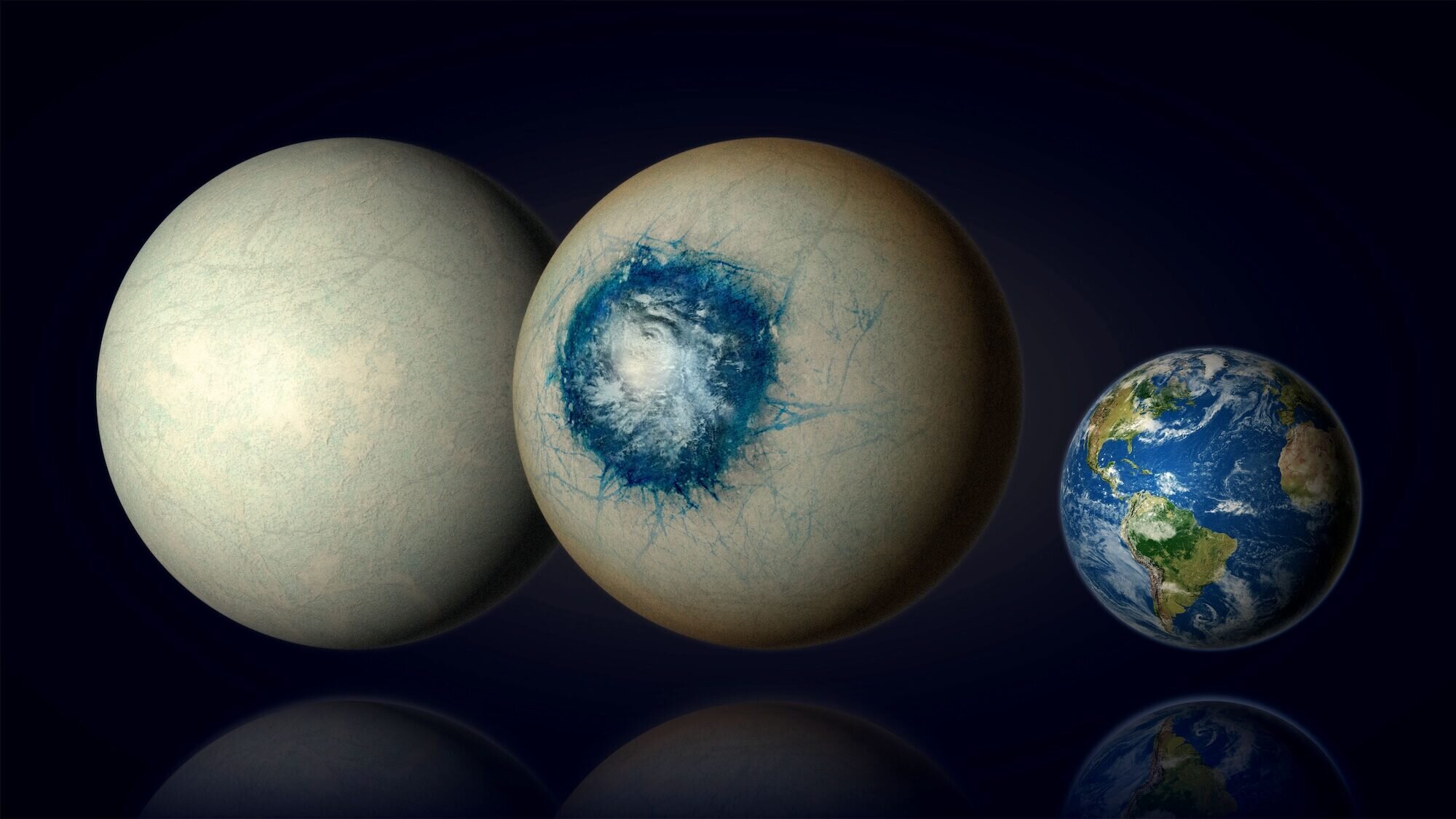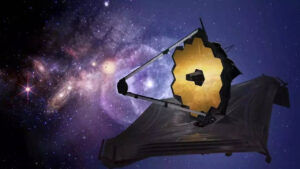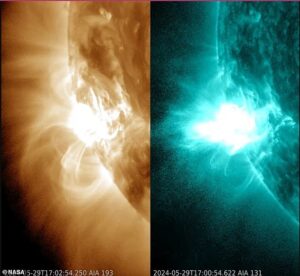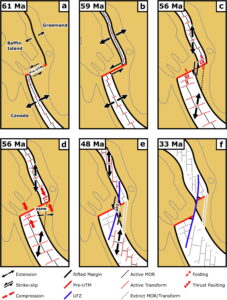An exoplanet in the Goldilocks habitable zone of its star is now suspected to have a liquid water ocean and atmosphere.
The planet, called LHS 1140 b, is about 1.7 times the size of Earth and lies about 48 light-years away.
This distant world, first discovered in 2017, has now been found to be a rocky world like ours, but with 10 to 20 percent of its mass made up of water, according to a new paper due to be published in The Astrophysical Journal Letters this week (currently available on the arXiv preprint server).
“Of all the currently known temperate exoplanets, LHS 1140 b may be our best bet for one day indirectly confirming liquid water on the surface of an alien world outside our solar system,” paper co-author Charles Cadillo, a PhD student at the Université de Montreal , said in a statement. “This would be an important milestone in the search for potentially habitable exoplanets.”
B. Gougeon/Université de Montréal
LHS 1140 b orbits a red dwarf about 20 percent the size of our own sun and is at a certain distance from its sun that puts it in the “Goldilocks” or habitable zone. This refers to the range of distances from a star where conditions are suitable for the existence of liquid water on the planet’s surface. If a planet is too close to its star, it will be too hot, causing water to evaporate, while if it is too far from its star, it will be too cold, causing water to freeze.
The size and shape of the star significantly affect the location of the habitable zone. For example, the habitable zone is closer to a smaller, cooler star (such as a red dwarf) and further away from a larger, hotter star.
Until now, astronomers weren’t sure whether LHS 1140 b was a rocky planet like Earth or a gas giant more like Neptune, but they eventually determined that the exoplanet was something called a super-Earth.
Using data collected by the James Webb Space Telescope (JWST), they found that LHS 1140 b is less dense than expected for a completely rocky world and that between 10 and 20 percent of its mass may consist of water, which means the planet could be an icy world with a liquid ocean beneath the ice, like Jupiter’s moon Europa.
They also found that the planet has an atmosphere, possibly containing a similar amount of nitrogen as our planet. Having this atmosphere would allow the planet to support liquid water on the surface.
“This is the first time we’ve seen a hint of an atmosphere on a habitable, rocky or ice-rich exoplanet. Detecting atmospheres on small, rocky worlds is a primary goal for JWST, but these signals are much harder to see than for atmospheres on giant planets,” co-author Ryan McDonald, also a researcher at the University of Montreal, said in the statement.
“LHS 1140 b is one of the best small exoplanets in the habitable zone capable of supporting a dense atmosphere, and we may just have found evidence of air on this world.”
Using models, astronomers predicted that if LHS 1140 b had an atmosphere like Earth’s, it could be composed of a layer of ice all around the planet, with a ring of surface ocean about 2,500 miles in diameter, roughly half the size of the Atlantic Ocean. According to the article, this ocean can have a surface temperature of up to 68 degrees F.
This discovery therefore makes LHS 1140 ba a prime candidate for life beyond our world, as its potential atmosphere and liquid water could harbor Earth-like life.
“This is our first tantalizing look at a super-Earth atmosphere in the habitable zone. Compared to other known exoplanets in the habitable zone, such as those in the TRAPPIST-1 system, the star LHS 1140 appears calmer and less active, making significantly less of a challenge to disentangle the atmosphere of LHS 1140 b from the stellar signals caused by starspots,” MacDonald said.
“Our initial reconnaissance of LHS 1140 b with JWST revealed that it is perhaps the best habitable exoplanet currently known for atmospheric characterization. Although we need more JWST observations to confirm the nitrogen-rich atmosphere and look for other gases, this is a very promising start.”
Do you have a science story tip that Newsweek should it cover? Have a question about exoplanets? Let us know via science@newsweek.com.
Unusual knowledge
Newsweek is committed to challenging conventional wisdom and finding connections in the search for common ground.
Newsweek is committed to challenging conventional wisdom and finding connections in the search for common ground.



